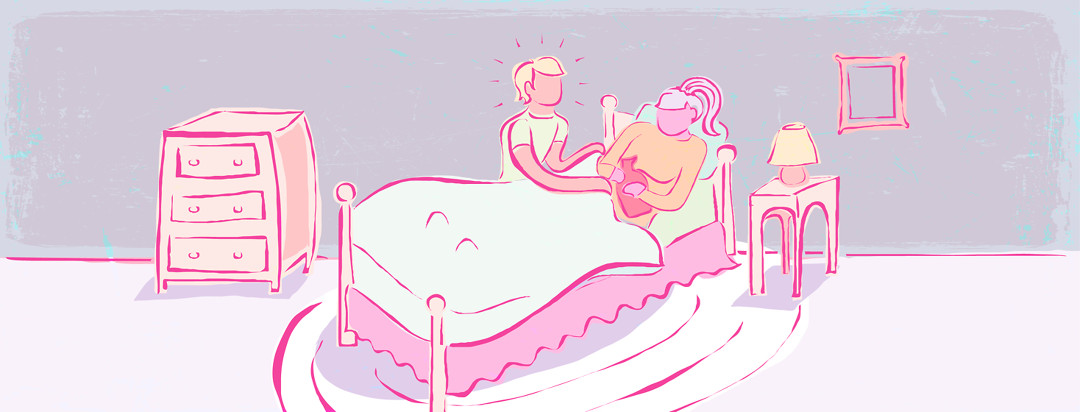How To Support Your Partner With Endometriosis: Read This
This is a simple guide for understanding and supporting someone with endometriosis, written by the partner of someone with endometriosis, for other partners of people with endometriosis. It is largely impartial and supported by medical and scientific research, but some parts of are based on personal experience with the condition. Please be aware these points may not work for everyone.
Endometriosis is a wide spread condition, affecting up to 1 in 10 women worldwide, but still little-known outside of the community. As the partners of people managing endometriosis, we have the opportunity and responsibility to educate ourselves about the condition, and use this knowledge to educate others around us and improve the well-being of our partners.
What is it?
Endometriosis (endo) is a condition that occurs when tissue similar to the lining of the uterus is found elsewhere in the body. This tissue breaks down monthly as does regular uterus lining, and can cause severe pain in doing so.
Other symptoms can include, but are not limited to: heavy bleeding, fatigue, painful sex, painful urination, nausea, impaired cognitive functioning, and infertility. It is not considered curable, but there are a range of treatment options available.
How is it treated?
- The abnormal tissue is usually removed by surgery, key-hole (laparoscopic), or laser. This reduces symptoms, but there is no guarantee the tissue will not grow back.
- Various hormone treatments are used to slow the growth of the tissue. Pain relief is often heavily relied upon.
- Various alternative treatments such as acupuncture, yoga, and womb massage have shown promising results in reducing pain.
- Diet can also be used to manage the symptoms.
Affect on relationships
- Endometriosis can have a profound impact on the lives of people suffering from it, and this can spread to the lives of those around them. People with endometriosis may find it difficult to make and keep to plans due to fluctuating and unpredictable pain levels. This can put strain on the relationships this person is perceived to be letting down.
- Being stuck at home with pain or other symptoms can be isolating and increase feelings of resentment, guilt or depression.
- Painful sex can cause a loss of intimacy in a relationship, and left unspoken, can cause resentment and the feeling of not being wanted or appreciated by the partner.
These social side-effects of endometriosis, combined with the little knowledge out there about it, means that people with endo are often left having to explain themselves to everyone, or risk damaging relationships. Educate yourself about endo so that you can advocate for your partner in these situations, and avoid falling in to them yourself.
How you can help
- Educate yourself and those close to your partner about endometriosis. Taking some of the mystery away will make conversations easier, and cancelled plans or snappy retorts more understandable.
- Keep track of what makes your partner feel good/bad. Reduce the things that make them feel bad, for example, sugary foods or caffeine, and increase that which makes them feel good, like light exercise. Adopt these new habits as your own and your partner will find them easier to adopt.
- Find a regular bedtime routine that gets your partner enough sleep. This is important for managing the condition and staying sane through all it’s challenges.
- Don’t put undue pressure on your partner when you know that endo can change plans. Be flexible and understanding.
- Take over physical work when you can. Do more laundry, do more cooking, do more driving. Your partner will be thankful for the rest.
- Stay communicative. It’s important that you talk about any issues that come up related to the endo. Do this to avoid building up resentment and anger. Those issues are probably aimed at the endo rather than your partner anyway, don’t get the two confused.

Join the conversation